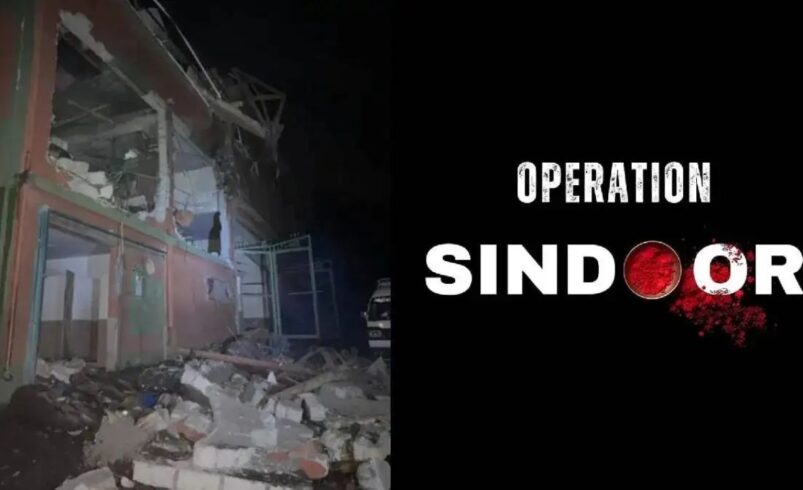In a bold and unprecedented move, India launched Operation Sindoor just past midnight, catching Pakistan off guard with a coordinated, high-precision strike across nine terror camps. The operation was a direct response to the horrific Pahalgam massacre, which killed 26 innocent tourists. Involving all three wings of the armed forces, the strikes targeted key terror infrastructures located in Pakistan and Pakistan-occupied Kashmir (PoK). The Indian Army first hinted at the operation with a cryptic message on social media: “Justice is served. Jai Hind!” — signaling the country’s unwavering resolve. This daring retaliation wasn’t just military—it was symbolic of India’s growing intolerance toward terrorism.
Precision and Restraint: Strategic Choices Behind the Strikes
The Indian government made it clear that the attacks were “focused, measured, and non-escalatory.” No Pakistani military infrastructure was targeted, underlining India’s intention to neutralize terror outfits, not provoke a full-scale war. The Rafale fighter jets were central to the operation, deploying SCALP cruise missiles and Hammer bombs for deep-penetration precision strikes. Targets included notorious terror hubs like Bhawalpur (home to Jaish-e-Mohammed), Muridke (Lashkar-e-Taiba HQ), and Muzaffarabad. These were carefully chosen to avoid civilian or military installations, minimizing collateral damage while maximizing impact on terror infrastructure.
Global Messaging and Diplomatic Outreach
India’s strategy extended beyond the battlefield to international diplomacy. The Indian embassy in Washington released a statement highlighting “credible leads” pointing to Pakistan-based terrorists’ involvement in the Pahalgam killings. By alerting major world powers such as the US, Russia, the UK, and Saudi Arabia immediately after the strike, India successfully framed the narrative as a counter-terrorist action rather than an escalation of conflict. US President Donald Trump, in his first remarks, labeled the incident a “shame” and revealed that he had anticipated a response, suggesting behind-the-scenes global awareness of India’s frustration with cross-border terrorism.
Pakistan Reacts: Ceasefire Violations and Political Rhetoric
Pakistan’s response was swift and tense. The Pakistani army resorted to artillery shelling along the Line of Control, killing three Indian civilians in the Poonch-Rajouri sector. Pakistani Prime Minister Shehbaz Sharif called the operation an “act of war” and threatened retaliation. Claims of civilian casualties surfaced from across the border, but India maintained its strikes were limited to terror-linked sites. Meanwhile, this marked the 13th straight day of ceasefire violations from Pakistan, further escalating tensions in the already fragile region. The ground reality now stands on a knife’s edge, with both sides watching each move closely.
Fallout on Civilians and the Road Ahead
In the aftermath, India put several regions on high alert. Flight operations from airports in Leh, Jammu, Srinagar, Amritsar, and Dharamshala were suspended, and schools in sensitive areas of Kashmir were shut for the day. While India demonstrated its operational capability and political will, the long-term implications remain uncertain. Operation Sindoor may act as a deterrent against future attacks, but it also opens up the possibility of retaliatory moves from Pakistan. What’s clear is that India has redrawn the red lines—with surgical precision, diplomatic foresight, and military strength—sending a strong message that terrorism will be met with decisive justice.
Get the latest in business, markets, startups, and policy—visit businessnewsindia.in for in-depth updates and follow us on Instagram @businessnewsindia.in for daily bites of what matters most.
Source – msn.com









